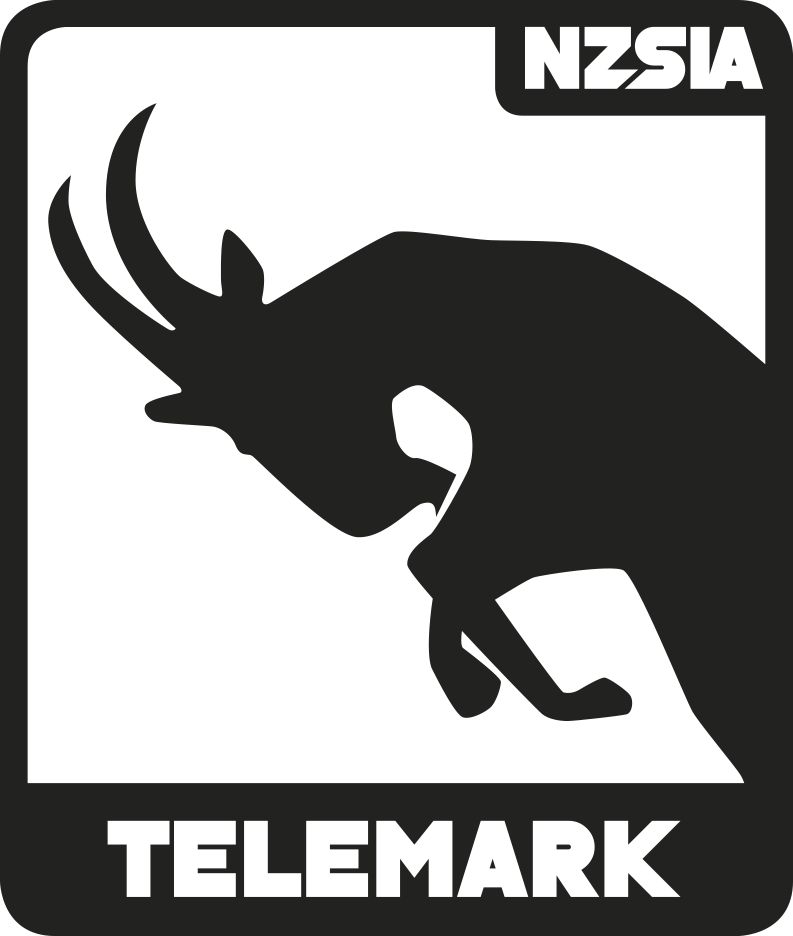Structuring Lessons and Sessions covers the ways that you can structure, deliver and prepare for lessons. Learn how to put together activities to develop new skills, structure presentations and deliver information. Understand how to create longer teaching sessions to explore the mountain and continue to develop skills.
Lesson Structure
One of the first things that instructors need to develop is the ability to structure a lesson and tailor it towards the specific needs of the students. Every lesson will differ in some way—whether it’s the students being taught, their abilities, their motivations, or external factors such as weather and snow conditions.
Every successful lesson will consist of three main areas:

Lesson Setup
The lesson setup is a crucial phase where instructors get to know the students and their previous experience, begin creating a positive learning environment, and establish a safe and supportive space. During this time, the instructor and student also collaboratively set a direction for the lesson.
Key Elements of the Lesson Setup
The steps involved in the lesson setup often overlap or happen simultaneously. This phase typically occurs at the meeting point, during a warm-up, or when students are revisiting what they have already learned or can do.
It’s always a good idea to guide students from the known to the unknown, helping them build on what they already understand before introducing new concepts. This approach helps create a smoother, more engaging learning process.

Introduction
The introduction sets the tone for the lesson. This initial meeting between the student(s) and the instructor is an opportunity to create a positive and lasting impression and begin establishing a strong student/instructor relationship.
Practical Tasks to Establish Rapport
To Facilitate a Positive Learning Environment
Lesson Setup
The lesson setup is where instructors get to know the students and their previous experience. This is where you create a positive, safe, and supportive environment, setting the direction for the lesson. The setup often overlaps with other lesson phases and usually occurs at the meeting point, during a warm-up, or while students revisit what they already know.
Skier Profile
To create a great learning experience, instructors need to understand:
The two basic ways to assess a student are to watch them ski and ask questions.
What:
In addition to the technical aspects, it’s important to consider the student’s past experiences, fears, previous injuries, and general background. This helps form a clearer picture of the student’s needs and guides decision-making during the lesson.
Why:
This assessment is ongoing, as the student’s needs and wants may change over the course of the lesson. Keeping the “why” in focus ensures that the lesson remains student-centered.
Negotiating Goals & Managing Expectations
For a lesson to be successful, an initial goal or direction for the lesson should be agreed upon. Goals provide clarity and direction for both the student and instructor.
Goals must be negotiated, not prescribed, to ensure they align with the student’s motivations and needs. Goals can be adapted throughout the lesson based on various factors such as progress, fatigue, or changing conditions.
Hot Tip
When facilitating the creation of an initial goal, ask yourself:
- Is the goal specific enough for effective decision-making during the lesson?
- Is the goal clear enough to allow the student to measure success?
- Is the goal attainable within the given lesson duration?
- Is the goal relevant to the wants and needs of the student?
- Is there a time frame set for achieving the goal?
- Will there be more than one goal for the lesson?
Learning & Experiences
The teaching cycle helps guide the instructor in building a positive learning environment based on the unique student(s) in any given lesson. It facilitates communication, feedback, practice, and decision-making throughout the lesson.

Activity: Understanding & Doing
Activity is whatever the student is doing or attempting. This could range from a first-timer putting skis on to a more complex activity like a dynamic medium radius parallel turn.
For students to successfully perform an activity, they must first have a clear idea of success. This can be achieved through effective communication from the instructor and feedback on previous attempts.
Instructor’s Role – Activity
Reflection & Feedback
After an activity, the instructor should help the student analyze their performance. This analysis can be broken into three areas:
Initially, the instructor will be the primary source of feedback, but the goal is to help the student develop self-awareness and eventually self-analyse their performance.
Instructor’s Role – Analysis
Hot Tip
Be aware that factors other than technique can impact a student’s performance, such as fear, fatigue, body alignment, injury, and external conditions (e.g., snow and weather). These must be factored into the decision-making process.
Adapt – Decision Making
After analysis, decisions need to be made about what to do next. Consider factors such as:
Successful Students
Students Not Successful Yet
Lesson Summary
The lesson summary typically happens near the end of the lesson and provides an opportunity to:
Review
Preview


